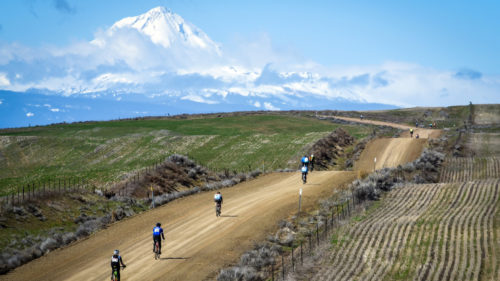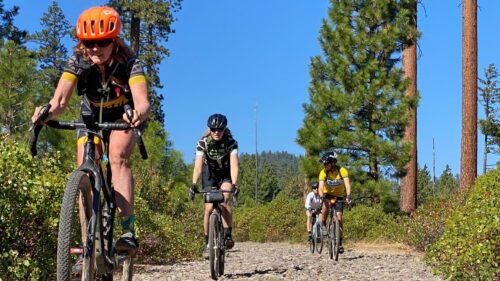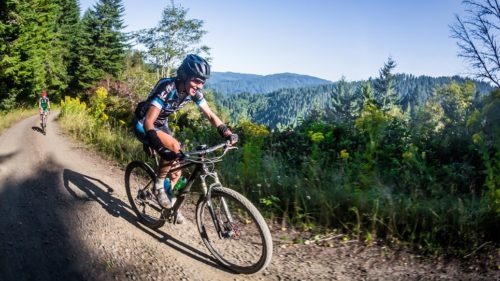The sky was the bluest of blues; the fields were the greenest of greens and the road was the gravelliest of gravel.
I — who just started distance cycling two years ago, who was deathly afraid of being speedy or risky in any sport — was one of 500 amped-up cyclists navigating the rolling hills and winding back roads of Eastern Oregon, and loving every minute of it.
It was the second weekend of May 2023, and Cycle Oregon had hosted its fourth-annual Gravel Ride. This year the all-inclusive event with its beloved festival vibe was based in Moro, a tiny town just south of the Columbia River Gorge in Sherman County best known as the “wind belt” of the state, working to power the region with sustainable energy. The event quickly sold out, as gravel cycling has seen a national and statewide boon in recent years.
It was without a doubt the most challenging ride I’ve attempted in my short time as a cyclist, but that’s largely due to my moderate skill level and the fact that my bike wasn’t technically as fit for gravel as it should be. Still, I wasn’t the only one walking my bike up a few gnarly stretches.
The short, medium and long routes with varying sets of elevation were designed with different types of riders in mind. “There is an art to route design,” says Ryan Barrett, marketing manager for Cycle Oregon. “We always consider course flow, elevation change, gravel/pavement mix, and support stations. We want to give an equally rewarding ride for as many riders as possible — whether someone is new to gravel riding or a seasoned cyclist wanting to push their limits.”
For rides that come with full support (food, water, emergency and technical) like Cycle Oregon, Barrett adds, “working with our host communities and private landowners to set up rest stops and services is an additional layer of planning.” That’s undoubtedly one of the top reasons to try gravel riding in Oregon: Many organized events like Cycle Oregon allow cyclists the opportunity to explore these more stunningly beautiful and remote parts of the state with a safety net of support in place.
Here are a handful more reasons to check out what’s so hot about gravel riding in Oregon right now.
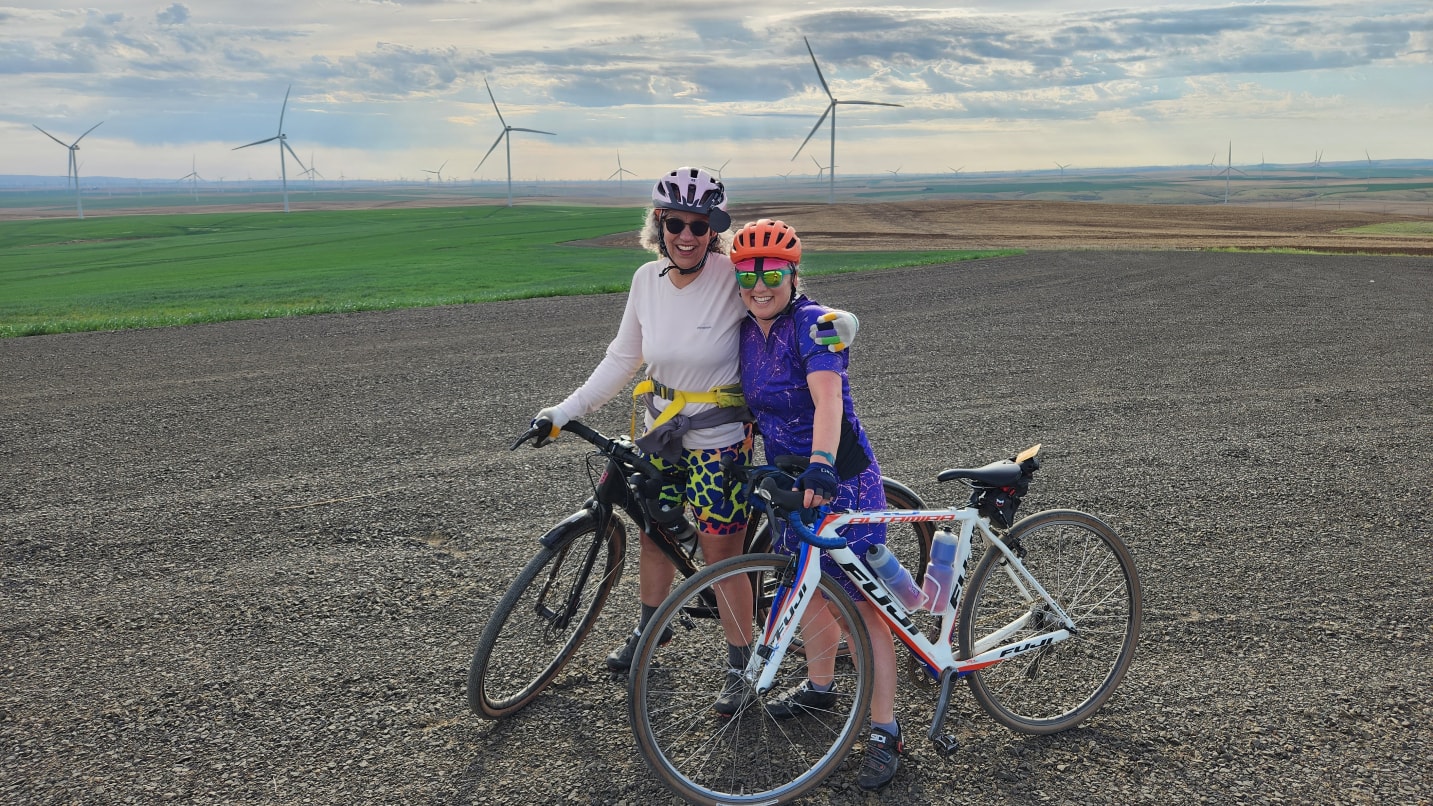
1. Fewer (or no) cars to worry about
Most people I know and talk to about cycling say they hate riding on roads and among traffic – and I don’t blame them. For several years I stuck to neighborhoods and paved car-free paths, before carefully branching out into traffic. Depending on where you are, it can be harrowing or mellow. But if you’re really looking for very little if any vehicle traffic at all, gravel roads are a savior. They are tucked off the main thoroughfares, beyond Oregon’s famous Scenic Bikeways, with no noise or pollution from traffic – you’ll probably see more cows and sheep than traffic lights. There is the occasional farm vehicle or, in the case of a supported ride, a SAG wagon with support in case medical or technical is help needed. Peace of mind is worth its weight in gold. And did I mention the rest-stop snacks?
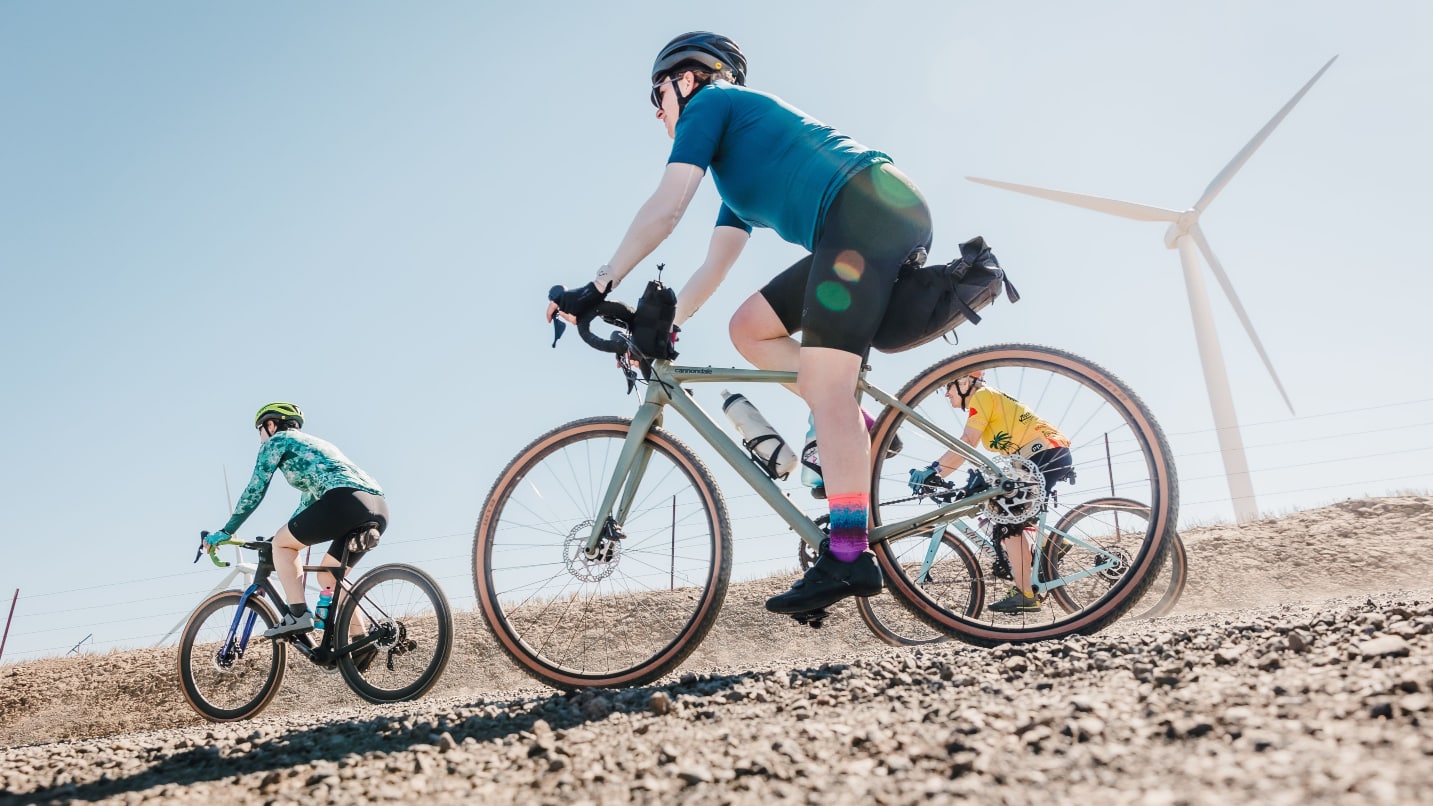
2. New scenic routes
Many seasoned cyclists like my riding partner, who has completed 18 Cycle Oregon events, have been lucky enough to visit almost every corner of Oregon along a paved road. But what about those unpaved roads? The popularity of gravel cycling is opening up more scenic routes for riders who’ve been there, ridden that. Central Oregon-based nonprofit Dirty Freehub has taken the lead locally and nationally to chart out dozens of new routes in Oregon and other states for the public’s enjoyment – complete with photos, ratings and detailed notes about everything from mileage and elevation to tire suggestions and food and water stops.
Dirty Freehub founders Kevin and Linda English are working to not just provide gravel routes but promote a message of environmental stewardship and caring for the land. For instance, the Metolius Preserve gravel route near Sisters winds through a forest near Camp Sherman that belongs to the Deschutes Land Trust. Riders in the fall will likely spy the larch trees turning bright yellow, sockeye salmon migrating to Suttle Lake and a host of wildlife like bald eagles, beavers, otters and badgers along the route. Dirty Freehub encourages riders to pay it forward and donate to the Land Trust to ensure protection of these special places.
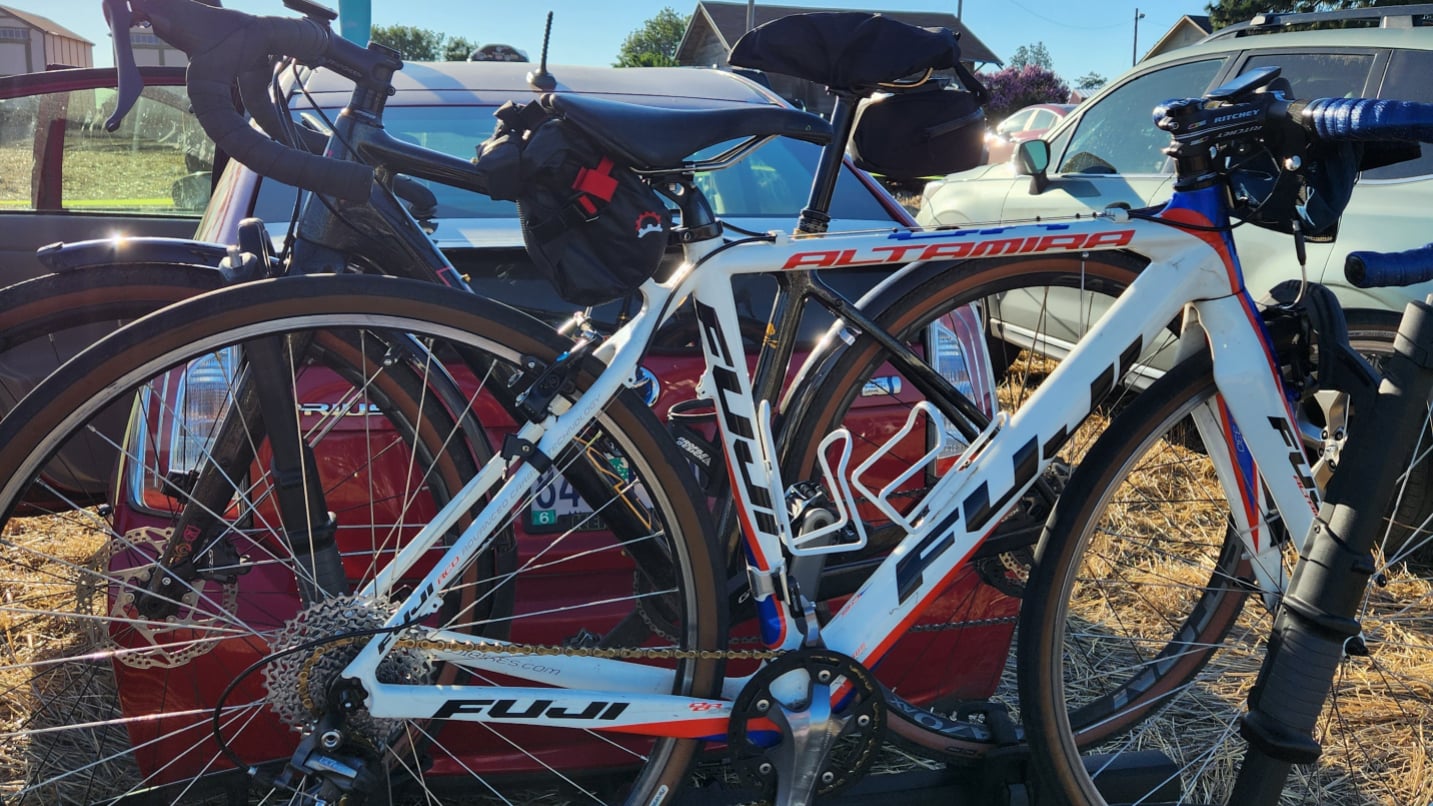
3. Another level of fun
When I tell friends and family about my foray into gravel riding, I’m often met with blank stares. Why on earth would I choose to ride my two skinny tires along a battlefield of sharp rocks and pebbles that I wouldn’t even want to walk across? Quite simply: Thrill-seeking is fun! Sure, it’s a natural fit for adrenaline junkies, ultra-marathoners, climbers and others who are naturally drawn to extreme adventures. But how do us casual cyclists and non-sporty people fit in? Gravel riding — less rocky and technical than mountain biking, Oregon’s other major calling card — is a good way to crank up the dial just a bit. It’s all about mindset: Just keep pedaling. Sure, you may get some road rash (icky scrapes), but it’s not the fall that counts — it’s how you get back up.
Riding gravel takes intense mental and physical focus, which fires up the neurons in the brain and releases a huge rush of dopamine — that feel-good energy, a runner’s high. At the same time that riding gravel is scary and boundary-pushing for riders like me it’s also mindful. Hearing nothing but the wind in my hair and the crunch of gravel under my wheels keeps me 100% present in each moment. I can’t bring myself to think of the next hill until I conquer this one first. Add in a layer of joy and camaraderie from being with likeminded adventure-seeking friends, and it’s pretty irresistible.
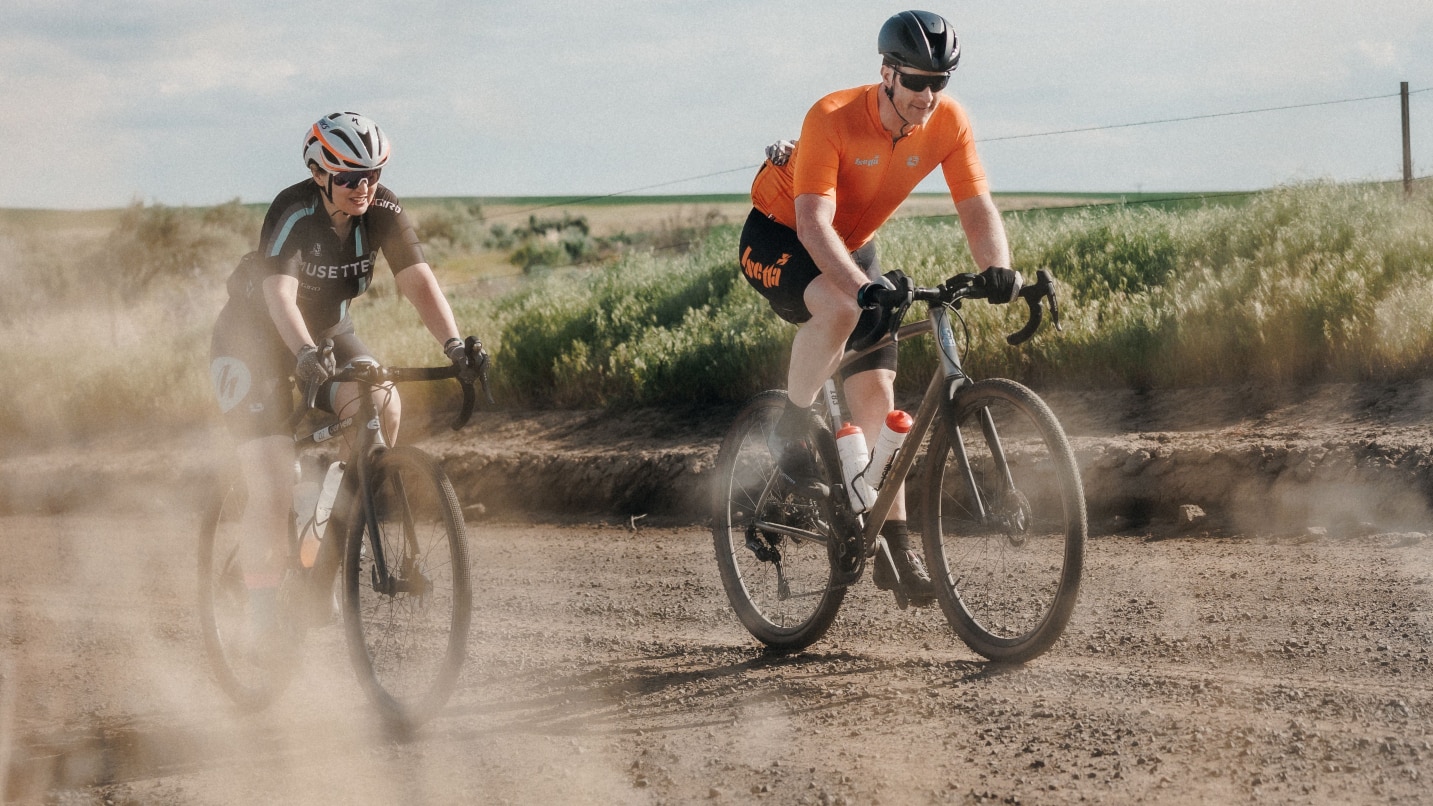
4. More ways to explore
Many cyclists agree that if you can navigate your way around gravel, you can do anything on two wheels. “A gravel bike is such a great all-around bike to explore on,” Barrett says. “You can commute on one, race cyclocross on one, ride pavement, ride singletrack, and even bikepack (of course ride gravel road too). If you’re thinking about getting a new bike, gravel bikes provide the most flexibility to do so many things.”
Many of the women I ride with lately have turned to gravel bikes as their everyday bike because these bikes’ all-terrain nature brings more capacity, and their stability means they’re also generally more comfortable than a road bike. As Barrett says, gravel bikes are gaining in popularity – check out homegrown custom-bike companies like Eugene-based Co-Motion Cycles and Portland-based Breadwinner Cycles, among others. If you have questions about style, sizing or fit, visit your local bike shop. Bike shops have had a hard run these past few years but places like Cycle Oregon partner Trek Bikes, with six Portland locations, are full of friendly experts ready to help make your bicycle-riding dreams come true.
If you’re not sure how your bike will perform on a gravelly surface, take it on a short spin on a route like Forest Park’s Leif Erikson Trail or the Crown Zellerbach Trail in Scappoose. Both include a mix of surfaces including soft dirt and pine needles, some pavement and some gravel, with varying elevation. When it doubt, walk it out.

5. Events galore
If you’re ready to test your mettle on gravel, there’s no time like the present. There are more opportunities than ever to join an organized event, for a supportive experience. Gravel rides are held spring through fall, including gravel route options at new and longstanding events like Takelma Gravel Grinder, Tour de Fronds and Tour De Outback in Southern Oregon; Gorge Gravel Grinder in Dufur; Ochoco Gravel Grinder near Bend; Oregon Gran Fondo near Eugene; Sasquatch Duro in Oakland; Oregon Coast Gravel Epic in Waldport; West Coast Gravl in Yachats and many more.
The growth and demand for gravel is so exciting, says Cycle Oregon’s Barrett. “Exploring and supporting rural Oregon has been in our DNA since our very first ride in 1988. The energy and interest around gravel riding opens up more routes and areas for us to deliver on that mission.”
Editor’s note: On May 30, 2023, Cycle Oregon announced that after 33 years, it would sunset its flagship weeklong (non-gravel) event in September as they continue to evolve as an organization. There is still room to register for this last Classic ride, check off that bucket-list item and be part of Oregon cycling history.
